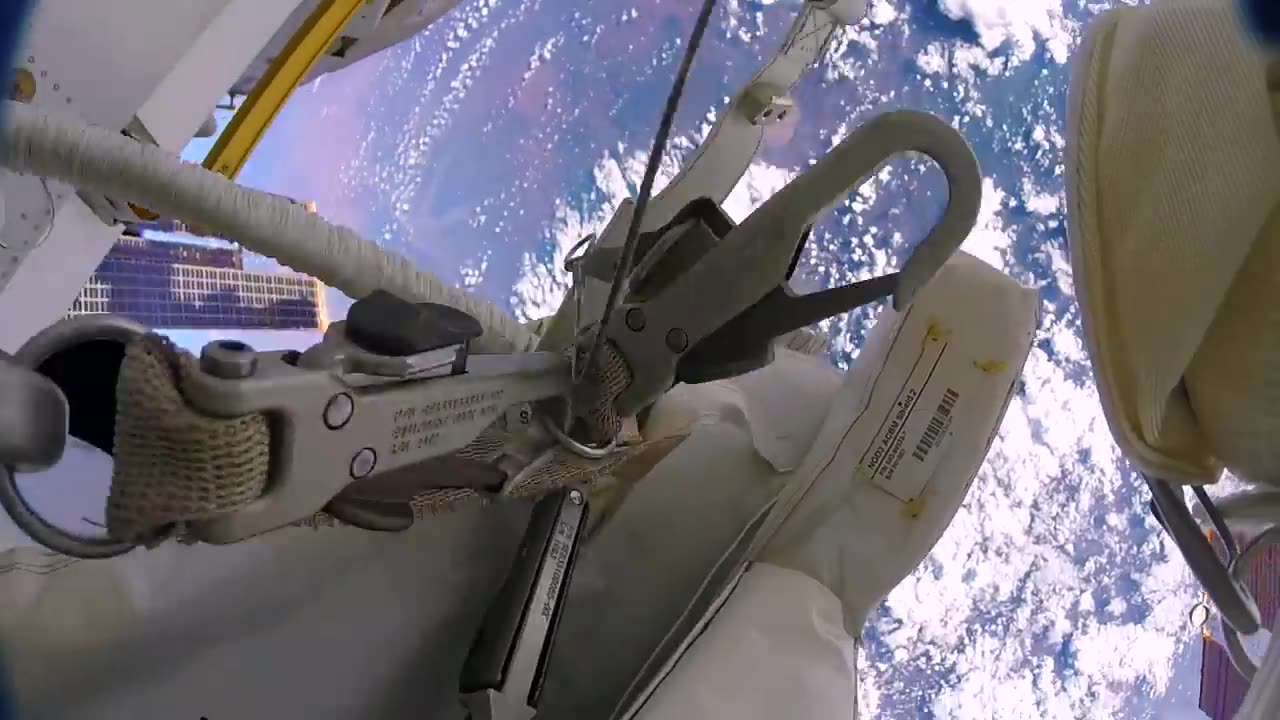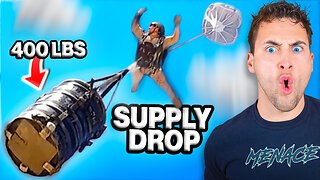Premium Only Content

NASA's Look at 50 Years of Apollo S1 E12
Our first wheels on the Moon. On the Apollo 15 mission, the Lunar Roving Vehicle allowed the astronauts to cover a much greater distance on the Moon than the previous three flights had accomplished. This year marks the 50th anniversary of the Apollo 15 mission. On July 26, 1971, David R. Scott (Commander), James B. Irwin (Lunar Module Pilot) and Alfred M. Worden (Command Module Pilot) launched from Kennedy Space Center’s Launch Complex 39A.
Apollo 15: "Never Been on a Ride like this Before"
Apollo, the project conducted by the U.S. National Aeronautics and Space Administration (NASA) in the 1960s and ’70s landed the first humans on the Moon. All told, 24 Apollo astronauts visited the Moon and 12 of them walked on its surface. Additional NASA astronauts are scheduled to return to the Moon by 2025 as part of the Artemis space program.
In May 1961 Pres. John F. Kennedy committed America to landing astronauts on the Moon by 1970. The choice among competing techniques for achieving a Moon landing and return was not resolved until considerable further study. Three methods were considered. In direct ascent, one vehicle would lift off from Earth, land on the Moon, and return. However, the proposed Nova rocket would not be ready by 1970. In Earth orbit rendezvous, a spacecraft carrying the crew would dock in Earth orbit with the propulsion unit that would carry enough fuel to go to the Moon. However, this method required two separate launches.
Apollo 15 set several new records for crewed spaceflight: heaviest payload in a lunar orbit of approximately 107,000 pounds, maximum radial distance travelled on the lunar surface away from the spacecraft of about 17.5 miles, most lunar surface moonwalks (three) and the longest total of duration for lunar surface moonwalk (18 hours, 37 minutes), the longest time in lunar orbit (about 145 hours), longest crewed lunar mission (295 hours), longest Apollo mission, the first satellite placed in lunar orbit by a crewed spacecraft, and first deep space and operational spacewalk.
-
 1:59:43
1:59:43
Side Scrollers Podcast
2 days agoRIP Hulk Hogan + Payment Processor CENSORSHIP Has Officially Begun + More | Side Scrollers
55.6K8 -
 12:14
12:14
Nikko Ortiz
1 day agoMilitary Fails Of The Week
5.05K8 -
 1:16:31
1:16:31
Omar Elattar
9 months agoThe Untold Story: How Vans Became a $3 Billion Dollar Shoe Empire In 75 mins
5.82K5 -
 LIVE
LIVE
Lofi Girl
2 years agoSynthwave Radio 🌌 - beats to chill/game to
264 watching -
 1:56:31
1:56:31
The Pascal Show
16 hours ago $1.17 earnedGHISLAINE FLIPS?! DOJ Receives SECRET LIST of 100 Epstein Associates!”
5.39K2 -
 10:17
10:17
Dr Disrespect
11 days agoIt's Time To Get Serious
178K27 -
 2:15:09
2:15:09
Badlands Media
23 hours agoDevolution Power Hour Ep. 375: Obama’s Orders, Ukraine’s Collapse & the Inversion of Justice
292K105 -
 2:32:03
2:32:03
BlackDiamondGunsandGear
13 hours agoAFTER HOURS ARMORY w/ DLD & John from GOA & FLR
26.6K3 -
 1:05:28
1:05:28
Man in America
14 hours agoTREASON? Obama, Hillary, and Soros in the New World Order Agenda EXPOSED w/ Mel K
86.8K80 -
 2:22:46
2:22:46
The Connect: With Johnny Mitchell
14 hours ago $6.07 earnedOne Man's Mission To Stop Human Trafficking: How A Billionaire Mercenary Saved Hundreds Of Children
23.8K18